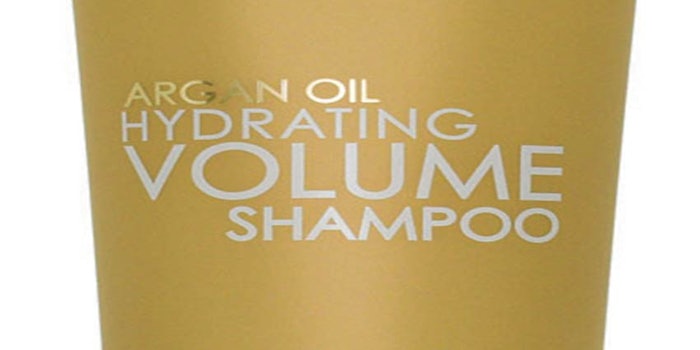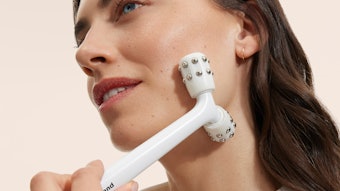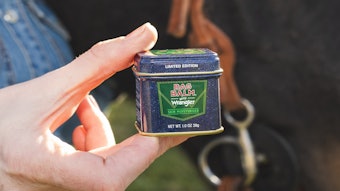
Today’s consumers demand that their products offer natural positioning and a responsible impact upon environmental sustainability. And so it’s no surprise that Kline has forecasted the natural personal care market to reach $46 billion by 2018.
Skin care accounts for 32.1% of the organic market, TMR notes, growing at a CAGR of 9.9% through the forecast period.
Growing, Naturally
According to Kline*, the lead drivers of natural personal care and beauty growth are:
- Consumer awareness: Consumers have constant access to information due to the Internet and social media, which allows them to stay informed about ingredients that may potentially harm them or the environment. Consumers also have begun demanding full transparency from cosmetic companies on their sourcing methods, product, ingredients and sustainability practices, according to Kline.
- Distribution channel expansion: Rather than sticking to traditional distribution channels, such as health and natural food stores in the U.S., natural personal care marketers look for other opportunities, such as beauty spas and salons. European retail stores have made shelf space available for natural products through the development of private labels.
- The challenge of traditionally non-natural product categories: Marketers have had to create ways to compete in a market filled with many naturally positioned brands. With that said, many companies who produce naturally position products have entered traditionally non-natural product categories, including cosmetics.
Other growth opportunities include new natural ingredients, private label introductions, professional product launches, new demographic segments (men and children) and multicultural beauty products.
Organic Drivers
According to Transparency Market Research (TMR), in 2018, the geographically fragmented global organic personal care products market will expand to $13.2 billion by 2018, representing a CAGR of 9.6%.
Skin care accounts for 32.1% of the organic market, TMR notes, growing at a CAGR of 9.9% through the forecast period. Skin care posted $2.5 billion in 2013, according to Grand View Research. Grand View notes that organic hair care will expand at a CAGR of 9.6% through 2020, led by anti-dandruff claims and consumers’ desire to avoid ingredients, such as parabens, ammonia and sulfur.
About 35% of organic personal care demand has occurred in North America, according to TMR, with the United States posting a CAGR of 10.2%. Consumer awareness and changing lifestyles were the lead drivers in that market.
Seeking safer, less invasive alternatives to conventional ethnic personal care ingredients, brands and consumers are taking advantage of natural alternatives for anti-dandruff and hair relaxing needs.
Elsewhere, Asia Pacific’s market is forecast to expand at a CAGR of 9.7% through 2018, led by rising incomes and consumer awareness, as well as concerns over aging and UV exposure. TMR concludes that Mexico, Brazil, India and China promise significant future growth for the organic segment.
Advances in R&D (ingredients and formulations), reduction of legacy ingredients of concern, such as phthalates and parabens, as well as ramped-up sustainability efforts have helped build interest and trust in organic personal care, according to Grand View Research. In addition, rising urbanization and middle classes in Asia Pacific—particularly China, India and Malaysia—are also leading growth.
Longer term, Grand View Research projects the global organic personal care market to reach $15.98 billion by 2020, with North America posting a CAGR of 9.8%. Organic skin care will expand at 9.8% through the forecast period, according to Grand View Research, led by antioxidant and skin immunity claims.
As consumer scrutiny continues to intensify, brand innovators are ramping up their efforts.
Bonus Insight: Naturally Diverse
According to Kline Group, the multicultural beauty market growth outstrips that of the wider market, 3.7% vs. 2.8%. The natural segment in particular presents an opportunity for the beauty industry to appeal to consumers of every background.
In particular, natural ethnic skin care products are an area of growth and innovation. Meanwhile, Euromonitor notes that the ethnic hair care segment was valued at $774 million in 2014, with the black hair care portion expected to reach $876 million by 2019.
Growth is being driven in part by new launches that take inspiration from the natural hair trend, which eschews harsh relaxers. Seeking safer, less invasive alternatives to conventional ethnic personal care ingredients, brands and consumers are taking advantage of natural alternatives for anti-dandruff and hair relaxing needs.










